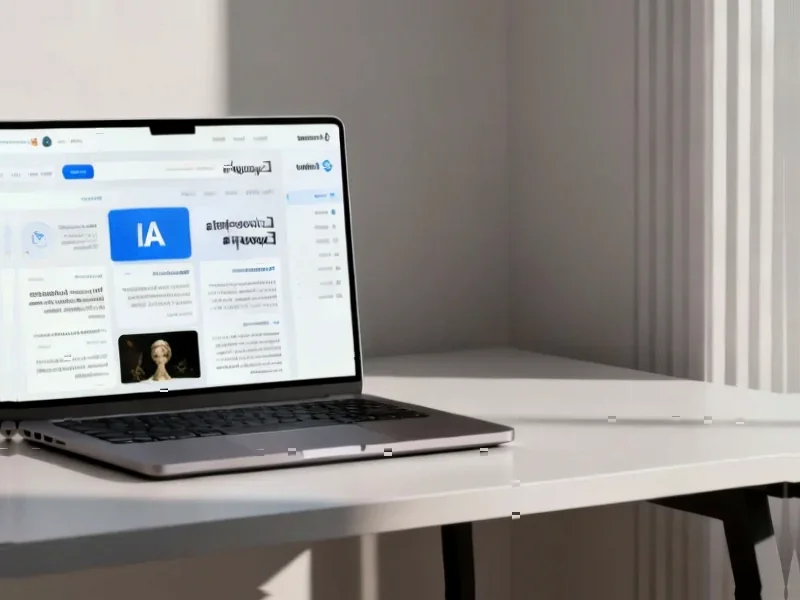According to ZDNet, OpenAI has now made ChatGPT’s group chat feature available to all logged-in users globally after positive feedback from early testers. The experimental feature supports groups of up to 20 users collaborating with the chatbot in shared conversations across web and mobile platforms. It’s rolling out worldwide over the coming days and works for Free, Plus, Go, and Pro users in Japan, New Zealand, South Korea, and Taiwan. The feature is powered by GPT-5.1 Auto, which intelligently selects between OpenAI’s models to handle different queries. Users can initiate group chats by clicking the person-plus icon in the top-right corner and sharing invite links with others. OpenAI designed the group chat AI to be less proactive than in one-on-one interactions, only chiming in when referenced or when contextually appropriate.
Why Group Chats Matter
Here’s the thing about this move: it’s not just another feature drop. This is OpenAI strategically positioning ChatGPT to become that default AI assistant that lives in your daily workflows. Think about it – how many group texts have you been in where someone says “Let me ask ChatGPT” and then has to copy-paste responses back? This eliminates that friction entirely.
And the timing is interesting. We’re seeing every major player – Meta, Google, Anthropic – all pushing toward more integrated AI experiences. Meta’s reportedly working on AI that proactively initiates conversations, while OpenAI is taking a more conservative “wait to be called” approach for now. But honestly, which would you prefer in your group chat? An AI that constantly interrupts or one that stays quiet until needed?
The Privacy Angle
One of the smartest moves here is how OpenAI handled memories. Your personal ChatGPT memories – those details about your life it’s learned from previous chats – don’t carry over into group conversations. That’s crucial for workplace use cases. Imagine discussing a project with colleagues and ChatGPT suddenly blurting out “Based on your medical history from our last chat…” – yeah, not ideal.
They’re also automatically reducing sensitive content exposure if anyone under 18 joins the chat. These aren’t flashy features, but they’re the kind of thoughtful design choices that make group AI actually usable in real-world scenarios.
Who Wins and Loses Here
This is basically OpenAI planting a flag in collaborative AI territory. For small teams and friend groups planning trips or projects, this could be genuinely useful. But I wonder about the business model implications – making this free for everyone, including the free tier users, suggests OpenAI’s betting on volume and adoption over immediate revenue.
The losers? Well, any startup building specialized collaborative AI tools just got some serious competition. And honestly, Google and Meta need to step up their game. While they’re still experimenting, OpenAI is shipping features that people can actually use today. The official announcement positions this as part of their mission to remove barriers to access, and they’re definitely delivering on that promise.
Where This Actually Helps
Let’s be real – most group chats don’t need AI. Your friends sharing memes or your family coordinating holiday plans? Probably fine without ChatGPT chiming in. But for those specific high-friction moments – planning a vacation to an unfamiliar city, organizing a work presentation, choosing a restaurant that accommodates everyone’s dietary restrictions – that’s where this feature could shine.
The question is whether people will actually remember to use it in those moments. Old habits die hard, and we’re all conditioned to treat AI as a solo tool. But if OpenAI can make the onboarding seamless enough, this could become one of those “how did we live without this?” features. Only time will tell if group AI collaboration becomes the new normal or just another feature we tried and forgot about.




